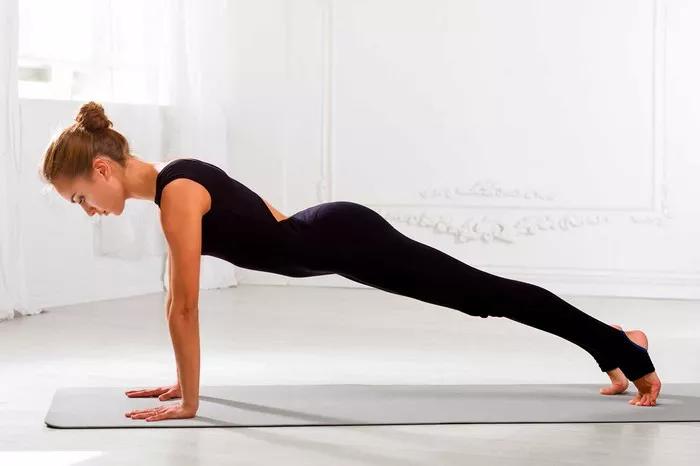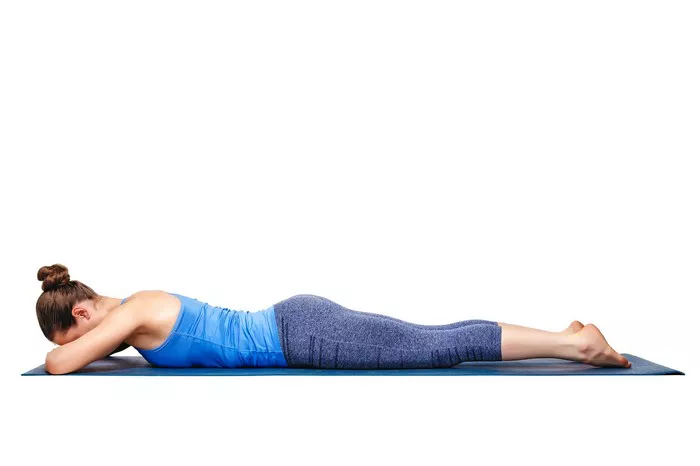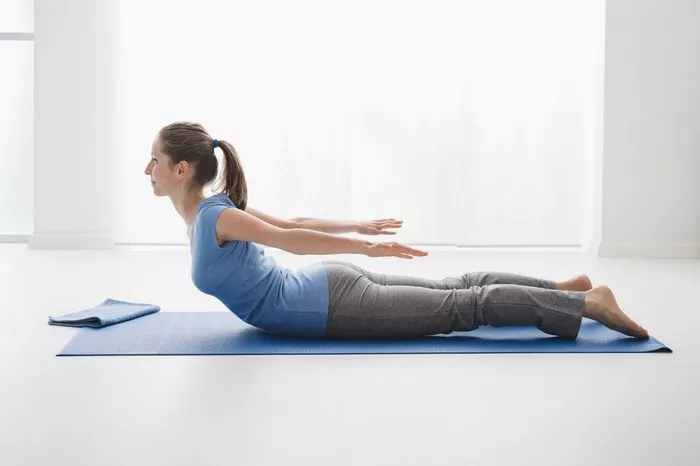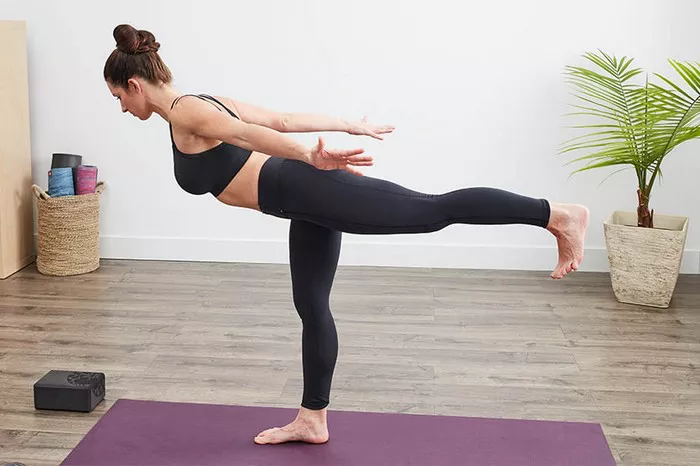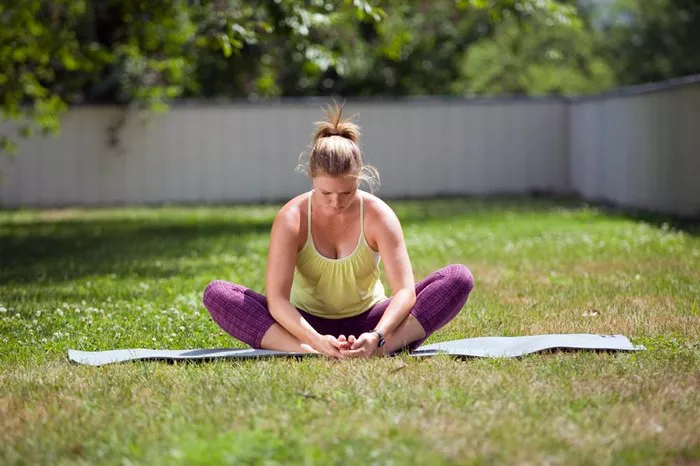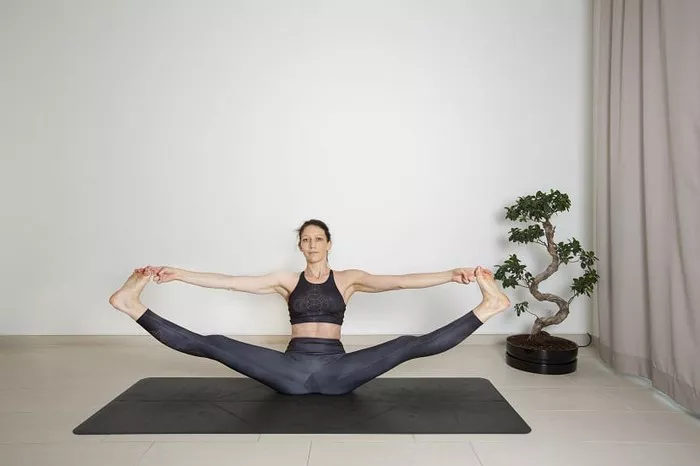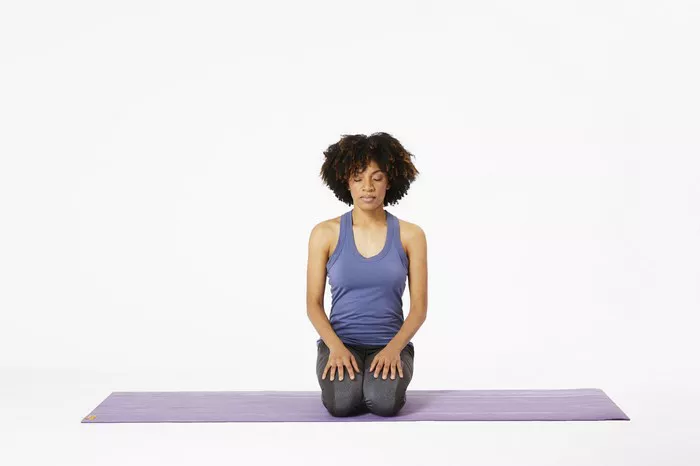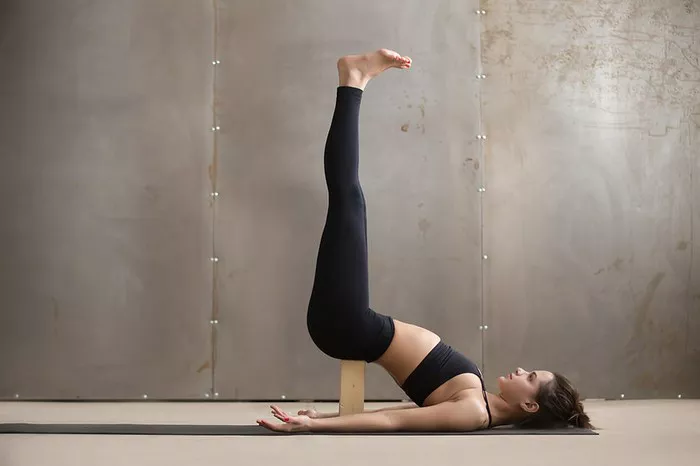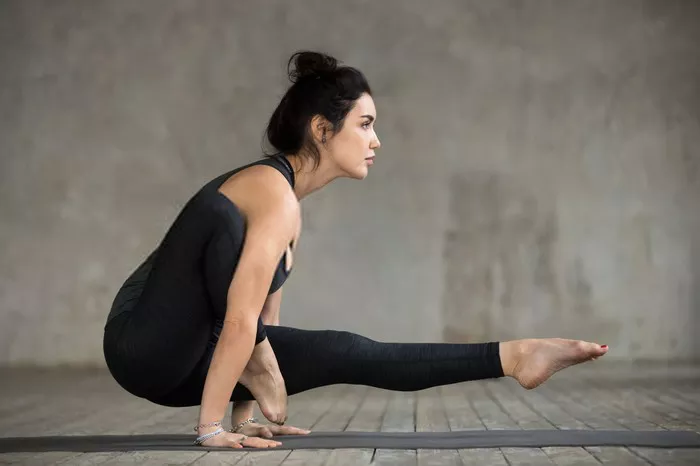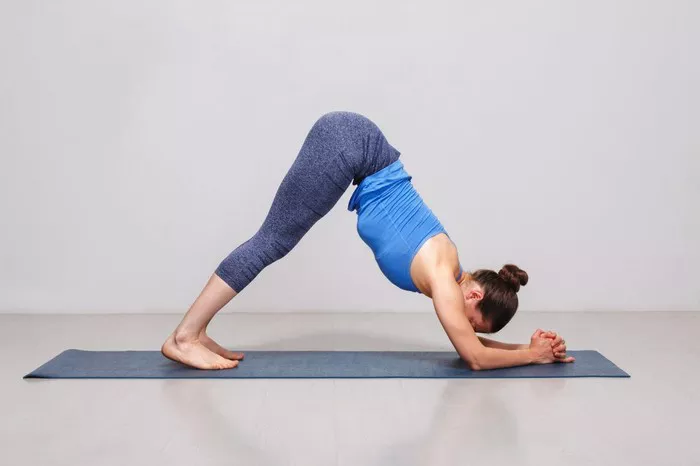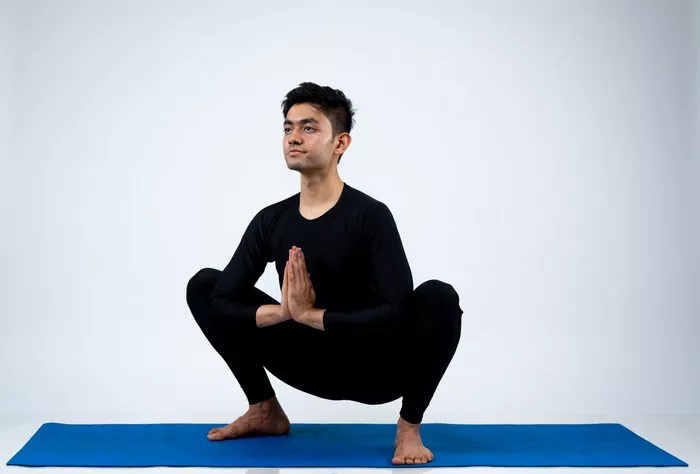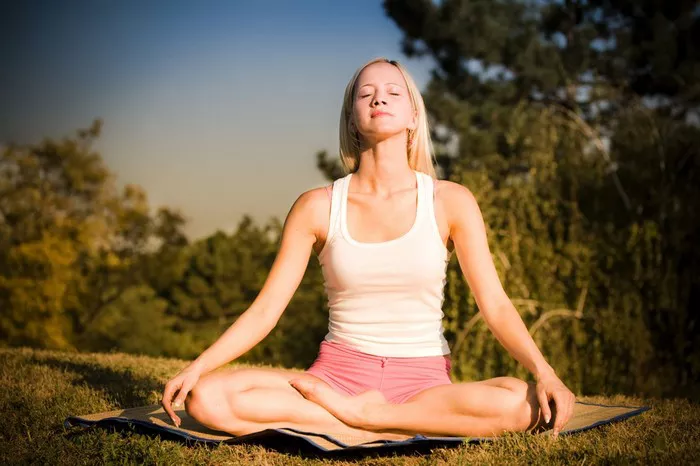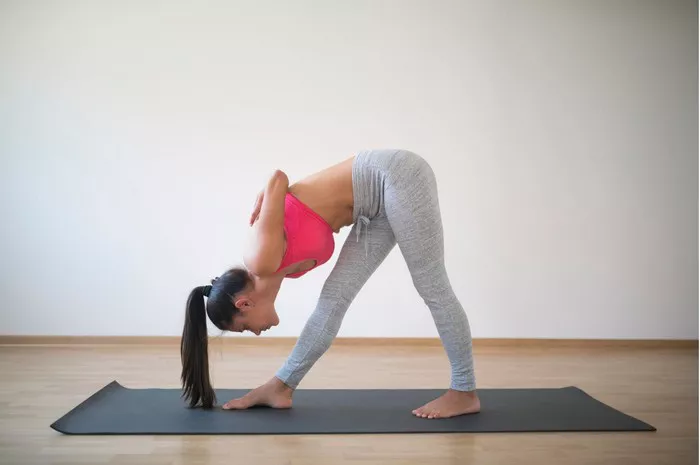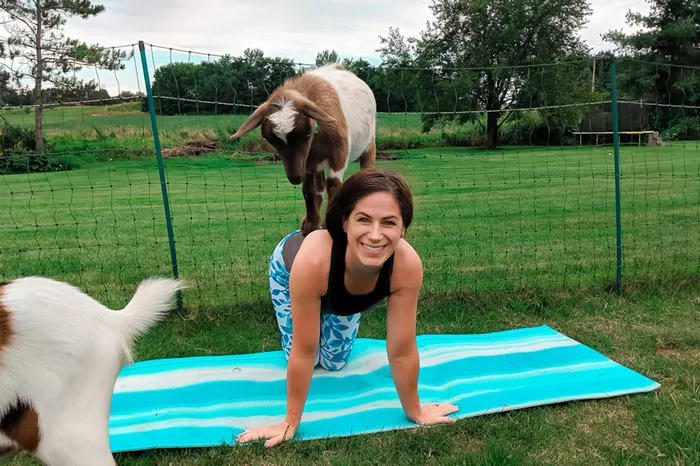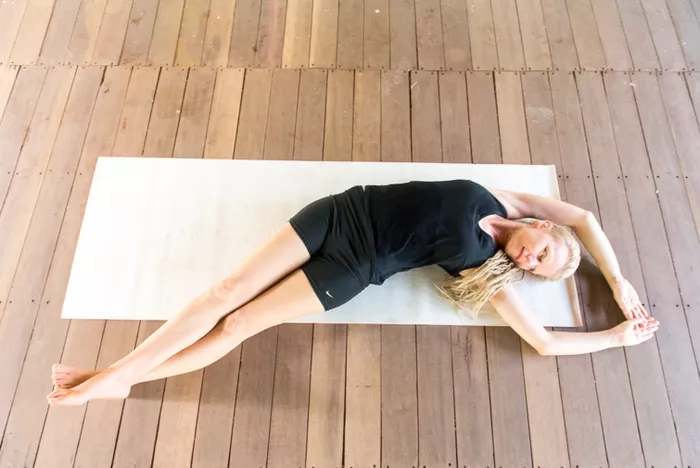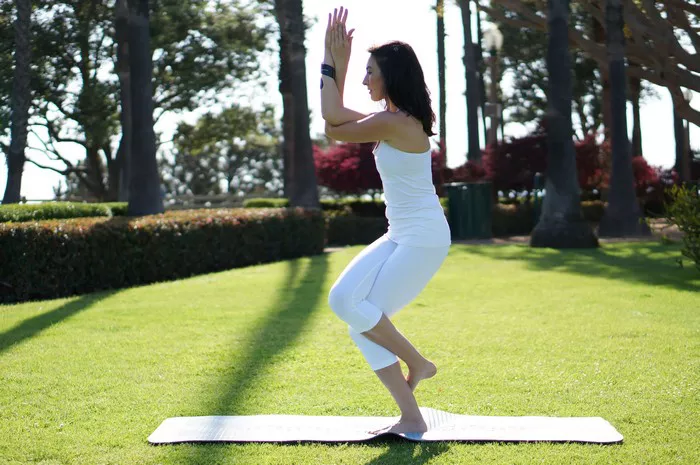Menopause is a natural biological transition in a woman’s life that typically occurs in her late 40s or early 50s. While it marks the end of reproductive years, it can bring along a host of physical, emotional, and mental challenges such as hot flashes, mood swings, insomnia, weight gain, and joint stiffness. Yoga, with its holistic approach to wellness, offers a safe and effective way to manage these symptoms and improve quality of life.
In this article, we will explore the 10 best yoga practices that can help you cope with menopause. Each yoga pose is carefully selected to target specific menopausal symptoms and promote overall well-being.
1. Supta Baddha Konasana (Reclining Bound Angle Pose)
Supta Baddha Konasana is a restorative pose that helps open the hips and chest, promoting relaxation and emotional release. This pose is highly beneficial for managing anxiety, mood swings, and fatigue associated with menopause. Lying on your back with the soles of your feet touching and knees falling open, you can use cushions or bolsters to support your body and increase comfort.
This pose helps stimulate the heart and improves circulation. Additionally, it can alleviate tension in the lower abdomen and relieve hot flashes. Practicing this pose for 10–15 minutes daily can create a calming effect on the nervous system, encouraging better sleep and mental clarity.
2. Viparita Karani (Legs-Up-the-Wall Pose)
Viparita Karani is one of the most effective poses for hormonal balance and relaxation. By placing your legs up against a wall while lying on your back, you encourage blood flow back toward the heart, reduce swelling in the legs, and calm the nervous system. It also assists in alleviating headaches and mild depression.
For women going through menopause, this gentle inversion helps reset the body and provides a moment of introspection. It is also a wonderful pose for reducing stress hormones and encouraging the release of melatonin, which supports restful sleep. Practice this pose for 5–20 minutes as part of your evening routine.
3. Setu Bandhasana (Bridge Pose)
Setu Bandhasana helps strengthen the back, buttocks, and hamstrings while opening up the chest and improving spinal flexibility. This posture is especially useful for counteracting the postural changes that often occur due to hormonal shifts and reduced bone density in menopause.
Bridge Pose activates the thyroid gland, which plays a key role in hormonal regulation. It also helps reduce anxiety and improves digestion. Engaging in this pose regularly boosts your energy levels and relieves feelings of fatigue and lethargy.
4. Balasana (Child’s Pose)
Balasana is a gentle forward fold that soothes the nervous system and provides a safe space for emotional release. This pose is ideal for managing irritability, mood swings, and fatigue during menopause. It encourages deep breathing and introspection, fostering a sense of inner calm.
By resting the forehead on the floor or a block, you stimulate the vagus nerve, which is crucial for reducing stress and lowering blood pressure. Spend at least 5 minutes in this pose to recharge your body and calm your mind.
5. Adho Mukha Svanasana (Downward-Facing Dog)
Downward-Facing Dog is a powerful full-body stretch that energizes the entire system. It helps relieve stiffness in the joints, particularly in the shoulders, back, and hamstrings. Regular practice improves circulation, posture, and muscle tone, which are vital during menopause.
This pose also helps relieve symptoms of depression and anxiety by promoting fresh oxygen flow to the brain. It supports adrenal gland function and enhances overall stamina. Incorporating this pose into your daily routine helps build resilience and stability.
6. Bhujangasana (Cobra Pose)
Bhujangasana opens the chest and lungs, making it a powerful posture for improving respiratory function and combating fatigue. This pose is known to stimulate abdominal organs and improve digestion, which often slows down during menopause.
By gently arching the back and lifting the chest, Cobra Pose strengthens the spine and counters feelings of sluggishness. It also stimulates the kidneys and adrenal glands, which are essential for hormonal health. Aim to hold this pose for 15–30 seconds, repeating it 2–3 times.
7. Paschimottanasana (Seated Forward Bend)
Paschimottanasana helps to calm the mind, stretch the spine, and relieve anxiety. It provides a deep stretch to the hamstrings and lower back, areas often tight in menopausal women. This pose also aids in improving digestion and stimulating the reproductive organs.
The forward-folding action encourages introspection and emotional release. When practiced regularly, it can help reduce the intensity of hot flashes and improve focus. Combine this pose with slow, rhythmic breathing for maximum benefit.
8. Ardha Matsyendrasana (Half Lord of the Fishes Pose)
This seated twist improves spinal flexibility and stimulates the digestive system. Ardha Matsyendrasana is particularly helpful in detoxifying the body and massaging the abdominal organs. It also supports liver function, which is crucial for processing hormones efficiently.
Twisting poses can help relieve bloating and abdominal discomfort, common issues during menopause. This posture also increases circulation to the pelvic region, aiding in hormonal balance. Practice this pose on both sides, holding for 30 seconds each.
9. Ustrasana (Camel Pose)
Ustrasana is a deep backbend that stretches the entire front of the body, including the chest, abdomen, and thighs. It is highly energizing and can help combat fatigue and low mood associated with menopause. The pose also strengthens the back muscles and improves posture.
The opening of the heart space in Camel Pose encourages emotional release and vulnerability. It also stimulates the endocrine system and can promote better hormonal balance. Ensure you warm up properly before attempting this pose and use props if necessary for support.
10. Savasana (Corpse Pose)
Savasana is the ultimate pose for relaxation and integration. Though it may appear simple, it is one of the most important poses in yoga, especially for women navigating the complexities of menopause. Lying flat on your back with arms and legs relaxed, this pose encourages deep rest and healing.
It allows the body to absorb the benefits of the yoga practice, lowers cortisol levels, and enhances mental clarity. Savasana is ideal for winding down after a yoga session or before bedtime. Stay in this pose for at least 10 minutes, focusing on breath awareness and letting go of tension.
Conclusion
Yoga offers a gentle and effective way to manage the multifaceted symptoms of menopause. By incorporating these 10 poses into your regular routine, you can experience improved hormonal balance, emotional stability, and physical vitality. Whether you’re dealing with hot flashes, fatigue, or mood swings, there’s a yoga pose to help you through it. Consistency, patience, and mindfulness are key to experiencing the full benefits of yoga during menopause.
FAQs
Q1: How often should I practice yoga for menopause relief?
A: Aim for at least 3–5 times a week. Even short sessions of 20–30 minutes can yield significant benefits when done consistently.
Q2: Can beginners do these yoga poses?
A: Yes, most of the poses listed are beginner-friendly. Use props like blocks and bolsters for added support and comfort.
Q3: Are there any poses to avoid during menopause?
A: Avoid overly strenuous or advanced poses if you’re feeling fatigued or experiencing joint pain. Always listen to your body and consult with a yoga instructor if unsure.
Q4: What is the best time of day to practice yoga for menopause?
A: Early morning or evening sessions are often ideal. Morning yoga energizes you for the day, while evening sessions help relax and prepare you for sleep.
Q5: Can yoga replace hormone therapy?
A: While yoga can significantly alleviate symptoms, it should not replace medical advice or prescribed treatments. It works best as a complementary approach.
Q6: How long before I notice results?
A: Many women start feeling better within a few weeks of consistent practice. However, results vary based on individual health and commitment levels.
Q7: Should I do yoga during hot flashes?
A: Yes, but opt for cooling and restorative poses such as Viparita Karani or Supta Baddha Konasana. Avoid heated environments and vigorous flows during hot flashes.
Q8: Can yoga help with menopause-related weight gain?
A: Yes. Yoga helps regulate metabolism, reduce stress-related eating, and improve digestion, all of which contribute to healthy weight management.
Related Topics:

